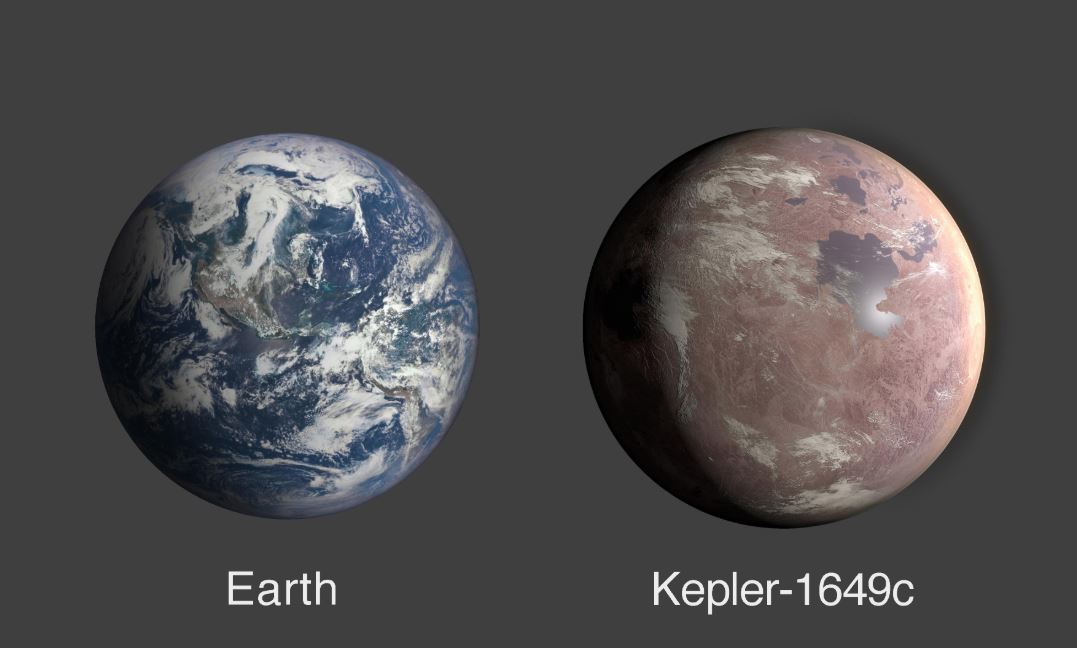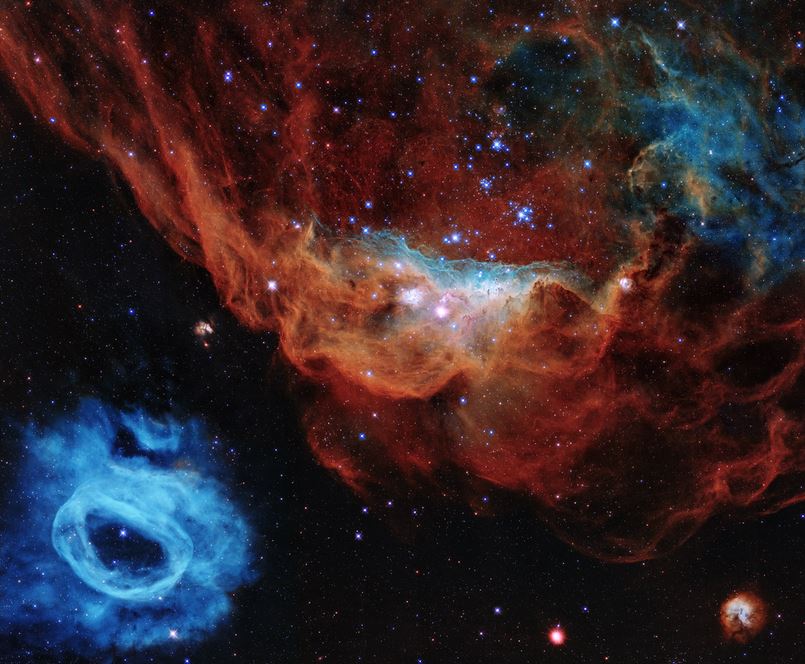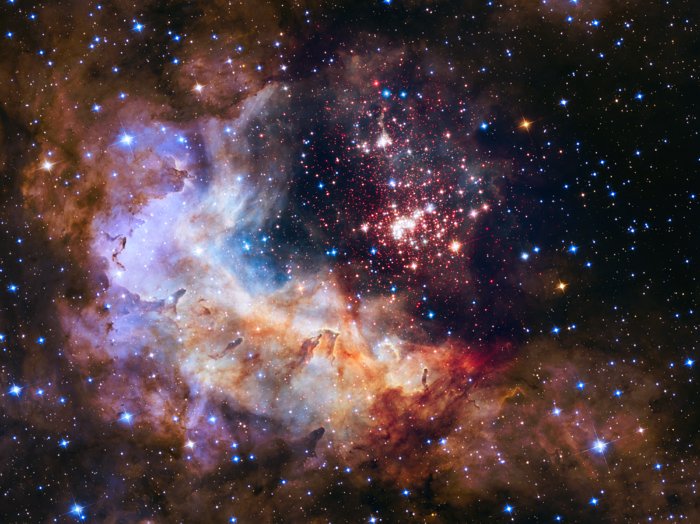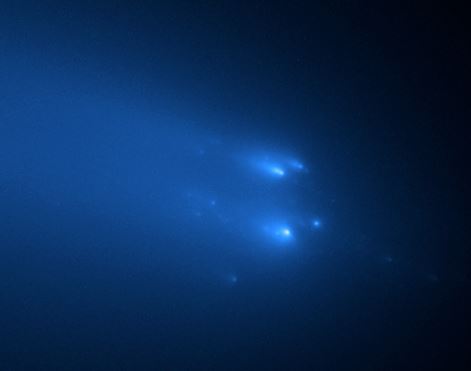Bonus Topics Not Discussed during the Zoom MASS Meeting on May 1, 2020
Because of the limitations of Zoom we weren’t able to discuss a few miscellaneous topics, I thought I’d share my notes on them before they become too stale.
NASA has been having yearly contests of short amateur films made from their archival footage. Here are some recent winners in Cinespace 2019. Particular moving is this “Pale Blue Dot” short film titled “The Only Place We Will Ever Know” which won second prize. Carl Sagan really had a way with words.
The SLS Artemis 1 launch has slipped to NET April 18, 2021 – On Mar 3, 2020 the new date was announced. The old launch date was Nov 2020. Artemis 1 will be the first flight for SLS and the Orion capsule and it will be an unmanned mission of 26-42 days looping around the moon. The first stage booster is undergoing its “Green Run Test” at NASA’s Stennis Center in Mississippi. The test will be a full 8 minute test fire of the 4 RS-25 shuttle engines. Before the coronavirus issues, the test was to occur in Aug 2020 timeframe. Boeing is the prime contractor for the first stage. NASA has 16 RS-25 engines taken off the Space Shuttles and previously order 6 newly manufactured ones. Just this month, Aerojet RocketDyne received a contract to produce 18 more of the engines. When you include the costs to ramp up the production line and the cost of this latest contract, the price is $146 million per engine. With this quantity of engines NASA has enough for 10 SLS first stage cores. The RS-25 engines have been used on the Shuttles since 1980 and for 30 years, they were used over and over again on shuttle missions. Now they are being manufactured for just a single use and they cost that much!(?) Remember 4 of these engines will be ditched in the ocean during each SLS launch. That’s $584 million per launch! Now you can see why the SLS launches will cost $2 billion each. To put it in perspective, SpaceX’s new Raptor engine which is more powerful and is expected to be reused dozens of times, costs less than $1 million to manufacture. Do you think politicians are building all this inventory so that we can’t even think about cancelling this expensive endeavour?
By the end of FY 2020, SLS will have cost more than $17 billion. By the time of its first launch in 2021, the tab will be at least $18.3 billion. That is for a rocket that is being built from pretty much existing technology revamped from the shuttle and under development since 2010 when Obama cancelled the Constellation program of George W. Bush that didn’t seem to be getting enough funding to launch the Ares rockets. Another cost debacle of the SLS, is the mobile launch platforms. The first platform which was to be built to support the initial Block 1 version of SLS, was to be modified from the Ares rocket specs for $54 million. But the modifications have now cost at least $927 million. The amazing thing is that this platform was going to be used for only one launch! Fortunately, it looks like there will be at least 3 many more of the Block 1 launches. I’m rooting for the taxpayer to get as much value out of these expenditures as possible. Now to support the longer more powerful SLS second stage, the EUS (Exploration Upper Stage), the Block 1B version of SLS will have to use another taller mobile launch platform with connection points at different elevations. A new $383 million contract has been awarded to Bechtel to create the second launch tower by March 2023. Past performance would suggest this low cost will not be realized.
Besides the first stage core, Boeing also builds the second stage of the SLS. The first version of the second stage is a redesigned upper stage from the Delta 4 rocket and is called the ICPS (Interim Cryogenic Propulsion Stage). With the ICPS, SLS can put 70 metric tons into LEO. With the more powerful EUS, the Block 1B version of SLS will be able to lift 105 metric tons into orbit. The rocket equation is a fickle calculation, who would think that redesigning the second stage would get you a 50% performance benefit.
As bad as some of the SLS cost and date overruns have been, the rocket is finally taking shape. The “Green Run” test down in Stennis seems to be the critical path item for launch. The Orion Capsule and European Service Module have returned to Kennedy Space Center from environmental testing at the Plum Brook Station NASA facility in Ohio. The longer 5 segment solid rocket boosters had been manufactured and are awaiting shipment from Utah. The ICPS second stage has been in storage down in Florida since February of 2017. The SLS will be a phenomenally capable rocket. If only we could make it cheaper so that it would fly more frequently.
The EveryDay Astronaut has a great youtube video comparing SLS to SpaceX’s under development Starship and the Falcon Heavy and Saturn V rockets. It’s 50 minutes long, but packed with good information.
First Private Satellite Docks to Another in Orbit – 2/27/20 Here is a 4 minute video describing the mission. Northrop Grumman (NG) launched the MEV-1 (Mission Extension Vehicle) on a Russian Proton rocket last October. The spacecraft attached to the IS-901 communication satellite which was launched in 2001 into a 36,000 km high orbit. IS-901 had been pulled from active service in Dec 2019 when it ran low on fuel and put into a slightly higher “graveyard orbit”. After latching onto IS-901, MEV-1 lowered it back into its useful geosynchronous orbit and will stay with it effectively giving it a 5 year extension of usefulness. After 5 years of babysitting IS-901, the plan is for MEV-1 to move on to another customer. It has a 15 year life and uses electric propulsion thrusters to change its orbit.
What Lies Below the Surface of the Farside of the Moon – 2/27/20 The Yutu 2 rover Penetrating Radar has revealed 3 discrete layers of regolith below the surface of Von Karman crater. The lunar farside has an older crater-filled surface. Down to 12 meters (39 ft), the regolith is fine, loose deposits with occasional larger rocks. The layer beneath sees an increase in large boulders down to 24 meters. The final unit consists of alternating layers of larger, coarse deposits and fine materials down to 40 meters. Yutu 2 has covered over 367 meters by the start of February 2020. On Feb 17, it was the start of its 15th lunar day.
Fairing for the New Glenn Rocket – 3/9/20 SpaceX builds its new rocket Starship out in the open, but Blue Origin is much more secretive. That makes this video of the enormous size of the fairing for the New Glenn rocket all the more interesting. It is so large that Blue Origin’s current sub-orbital rocket, New Shepard, could fit inside. There also is this graphic comparing New Glenn to SpaceX rockets, and NASA’s SLS and Saturn V. New Glenn will be able to lift 50 tons to LEO. This will beat Falcon9 and come close to Falcon Heavy and the initial Block 1 SLS rockets. The article says New Glenn could have its first launch in 2020.
Intuitive Machines Sets Lunar Landing Date – Intuitive Machines (IM), a Houston based company, received an award in 2018 from the NASA’s CLPS (Commercial Lunar Payload Services), a part of the Artemis program, to created a spacecraft that could take a set of small NASA payloads to the lunar surface. A total of 14 companies are eligible in the CLPS program. 9 were chosen in Nov 2018 and 5 in Nov 2019. IM and Astrobotic look like the first to fly. Both of these companies were part of the Lunar X Prize competition. IM will launch the Nova-C lander in Oct 2021 on Falcon 9 rocket to Schroter’s Valley in the Ocean of Storms. It will be a 14 day mission with 5 experiments from NASA and other payloads from some commercial customers. Nova-C can take 100 kg to the surface and provide 200 watts of power. CLPS received $170 million in funding in FY2020. Each of the 3 task orders so far are in the $75-80 million range. All the service contracts are fixed-price with indefinite delivery & quantity that guarantee at least 2 flights during a period of 12 years. Boeing’s bid for CLPS was ranked last and they were not selected.
Chris Impey’s youtube talk “Future of Space Travel” – It’s 1 hour long and 3 years old, from a Feb 2017 talk, but still very informative. The talk was given at a Silicon Valley Astronomy meeting. I’ve taken some astronomy courses online from Dr. Impey and he is a very good speaker. One interesting fact is that he cites, $70 billion as the cost for the Apollo program. It’s humbling to think that the country got behind such an expensive effort.





Recent Comments